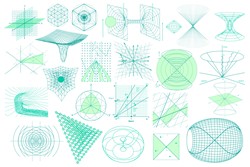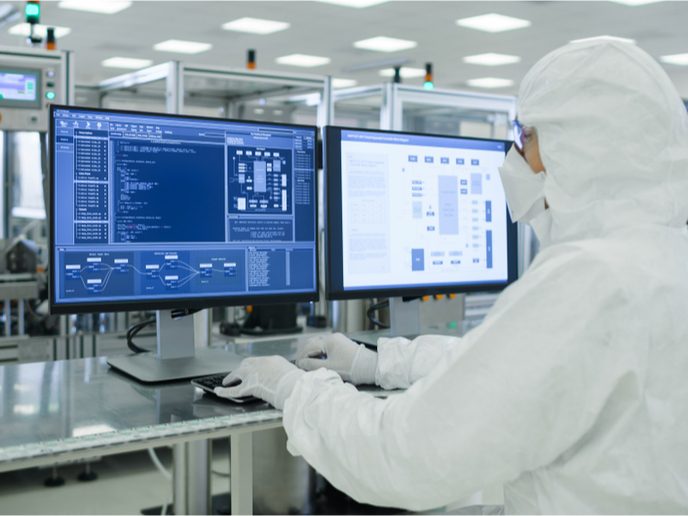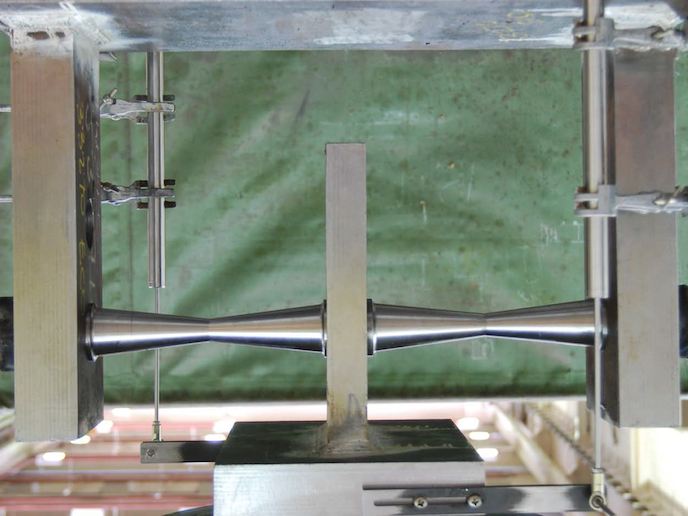Effectively coupling mathematical models
Heterogeneous or multiphysics problems arise in many practical applications: whenever different physical phenomena must be taken into account in two or more subregions of the computational domain, or when simplified models are locally used to reduce the overall computational complexity. The HEVICO (Virtual control methods for coupling heterogeneous problems) project studied a new mathematical and numerical technique based on optimal control theory to couple heterogeneous problems described by partial differential equations. Work built on the well-consolidated framework provided by domain decomposition methods for multiphysics problems and from optimal control for partial differential equations. The researchers studied a particular class of techniques, called interface control domain decomposition (ICDD) methods, to handle the intrinsic heterogeneity of problems of interest. The first part of the project was devoted to the study of ICDD for elliptic problems and for the Stokes equations. On the basis of the encouraging results obtained in this phase, the second part was mainly focused on the Stokes-Darcy problem, a model of interest for many applications. Applicable to filtration processes through porous media, it can be applied to a range of contexts such as membrane filtration, geophysics (e.g. filtration of water through soil) and biomedicine (e.g. filtration of blood through human tissues). The ICDD method allows coupling of the Stokes and the Darcy equations differently from the most common approach based on the so-called Beavers-Joseph condition. One of the advantages of ICDD is that no further modelling of the transition region is required. Researchers compared the new approach with older methods. Numerical results for the velocity and pressure of fluids estimated by ICDD were in very good agreement with those provided by other more consolidated techniques. The method was also proven to be robust and much easier to implement than algorithms based on non-overlapping decompositions of the computational domain. The major contributions of this project have been two-fold. New solution algorithms have been provided for particular heterogeneous problems such as the coupling between advection-diffusion and pure advection equations. And, analysis indicates that the method provides a solid basis for the application of ICDD to many other heterogeneous problems.







